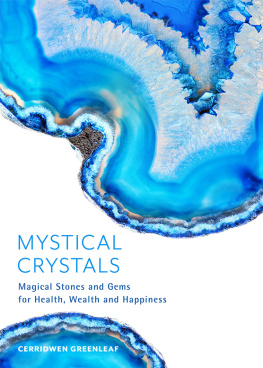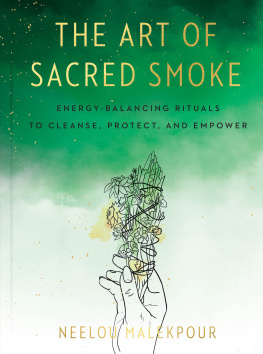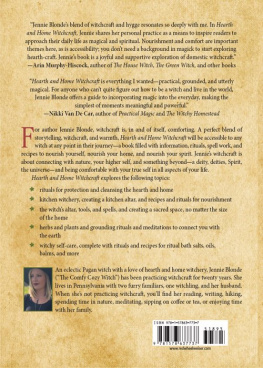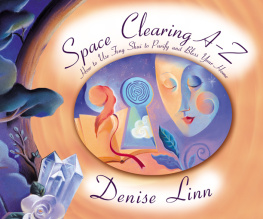TABLE OF CONTENTS
Guide
Rodika Tchi is a professional feng shui consultant, teacher, and writer. She has been consulting for both residential and commercial property owners for over 18 years, and has helped numerous clients create harmonious homes, as well as quickly sell houses or improve businesses.
The creator of KnowFengShui.com and the long-time feng shui expert for The Spruce, Rodika has been interviewed by ELLE Decor, Style at Home, Canadian Living, The Globe and Mail, and many others. Find more about Rodika on TchiConsulting.com.

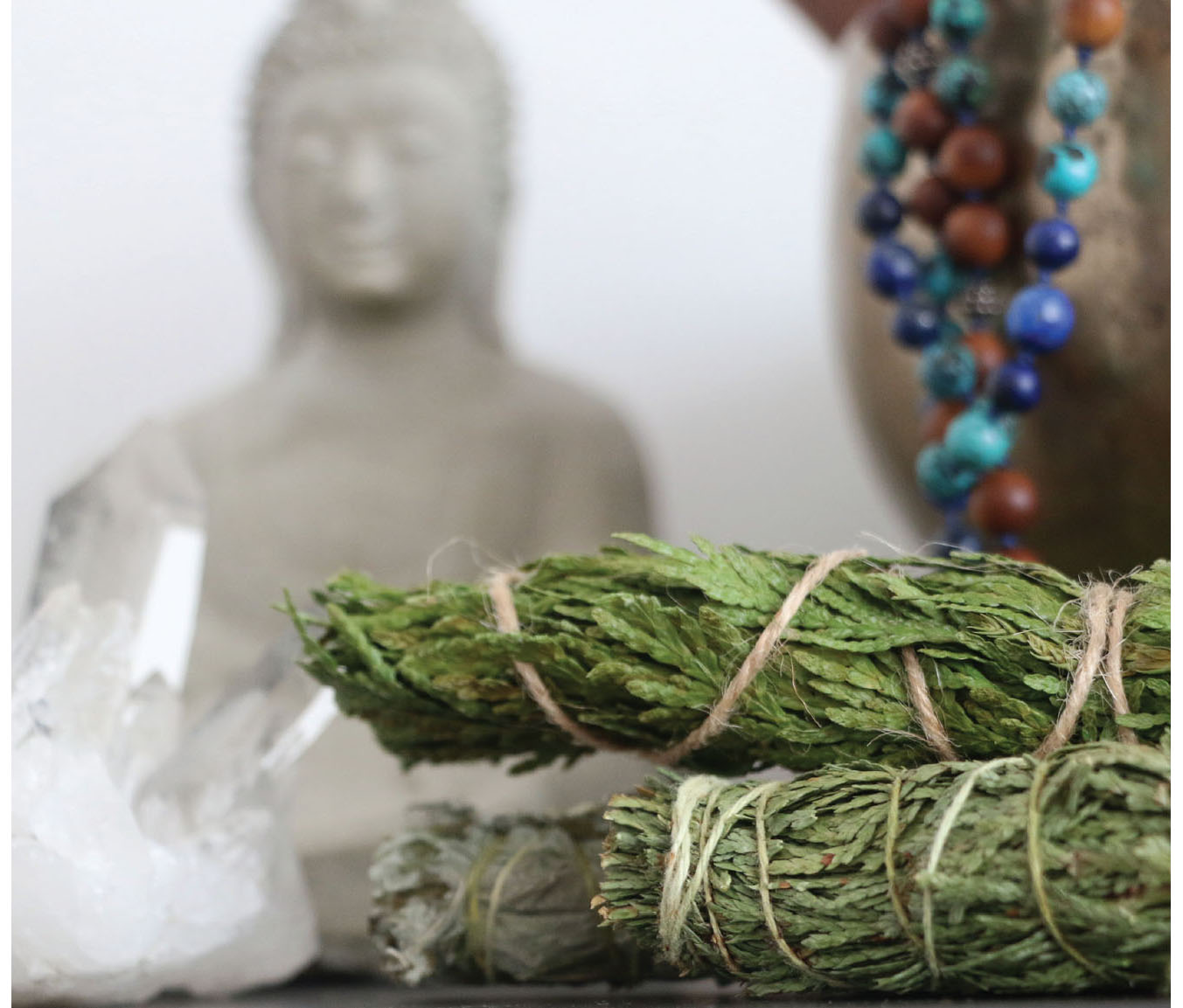
Let us start by clearly defining smudging. In a nutshell, smudging is the process of burning various sacred substances such as herbs, resins, or woods in order to purify the energy in any given space. Smudging is also used to purify ones own energy, as well as items such as jewelry, decor items, and even clothing. This purification occurs when the smoke produced from burning these sacred substances spreads into the air.
Recognizing the quality of specific energies in your home in order to know when to smudge is not difficult. All energies express themselves in specific feelings. Do you start feeling sad as soon as you enter a space? Maybe tired, or even upset? Are there rooms in your home that you avoid spending time in?
When it comes to understanding energy, your body always knows how to read it. It does so very quickly and it never lies, so it is good to listen to your bodys feedback as soon as you enter a space. What you feel in the first minute or so upon entering any space will tell you a lot about the presence of specific energies and their core signatures.

There are many techniques for purifying your space, most commonly known as space-clearing techniques. These techniques use movement, various vibrations of sound, and the power of water, words, and scents. The most powerful space-clearing rituals always involve the power of fire. Even in the form of a small burning candle, fire brings what no other element canswift purification and illumination. Sitting around the fire was a sacred ritual in many ancient tribes and communities, and the benefits provided by fire go far beyond physical warmth. Fire illuminates and inspires, it warms our hearts and purifies our energies. It connects us to the energy of Spirit, it brings trust and meaning to the often chaotic human life.
Fire dispels not only visual darkness, but more importantly, energetic darkness. It clears both your personal energy field and the surrounding space of stagnant energy, painful memory residues, negative attachments, and a vast array of energetic debris in your aura. There are many purifying and calming meditative techniques in which one is encouraged to look into the flame in order to move deeper and deeper to a place of power, trust, and strength. Even though all elements are considered sacred, the fire element, represented by the sun, possesses a unique, life-giving power. Language referring to the soul has always included fiery termsthe flame of the soul, the spark of life, etc. Fire is also the only element that moves in only one directionupward toward the skyand thus it is considered to have a direct connection to the Spirit, Source, or the Ultimate Creator.
When living in Bali, one of my most cherished memories was walking with a friend late one afternoon and suddenly smelling the scent of incense coming from every direction. We were on a road in an open field, the sun was setting gently, and the soft wind was bringing that aroma in waves so as to softly caress us with it. Even though it felt like I was transported to a magical place, I was also very present to everything around me. The exhaustion of the long journey to Bali lifted off my shoulders as if it had never existed.
Such is the power of fire; it can create truly transformative energy when skillfully combined with herbs, resins, or woods. Of course, fire can also burn and destroy; in its extreme expression, it becomes a force of wrath and destruction. Knowing how to handle the spirit of fire requires respect, patience, and deep humility. This is the main reason why only shamans and elders performed purifying ceremonies in ancient cultures. They had the inner power to handle fire.
Because of the unique power of fire, cultures around the world have used various fire ritualssome very similar to smudgingfor a very long time. We tend to think of smudging as a Native American ritual, which is certainly true, but the ritual has been practiced throughout the world, from Bali to Hawaii, from New Zealand to Ireland. These smudging rituals used a wide variety of substances, depending on what was growing in the area. Frankincense and myrrh were abundant in Egypt, while Celtic people used herbs such as vervain, mugwort, and juniper.
The Native American tradition of smudging varies from tribe to tribe, but essentially, each smudging ceremony has a similar structure. Different tribes use different herbs, depending on their availability. Although sage is the most well-known smudging herb today, not all Native American tribes use sage. Other popular herbs are sweetgrass, cedar, and tobacco.
Traditionally, the herbs are placed in a bowl and burned. A hand, feather, or smudging fan is used to fan the smoke of these burning herbs. The tradition of bundling various herbs together in smudge sticks or long braids is also widespread because of its convenience.
A smudging ceremony is always performed with humility and reverence. It is a time for prayers and blessings, for purification and connection to the Great Spirit. This ceremony could be connected to a bigger event, such as the Sun Dance or a vision quest, or it could be a shorter ritual completed before healing a patient.
Beautiful prayers asking the Spirit to bless human life are always part of a smudging ceremony, from asking to open ones heart in order to deeply feel the Creators love to asking for the ability to walk in truth, strength, and courage. Specific prayers are added by the elders based on the needs of the community.
All parts of the Native American smudging ritualsfrom asking for the protection of spirit guides to reciting beautiful prayershave powers in them that you can apply in your own smudging rituals.
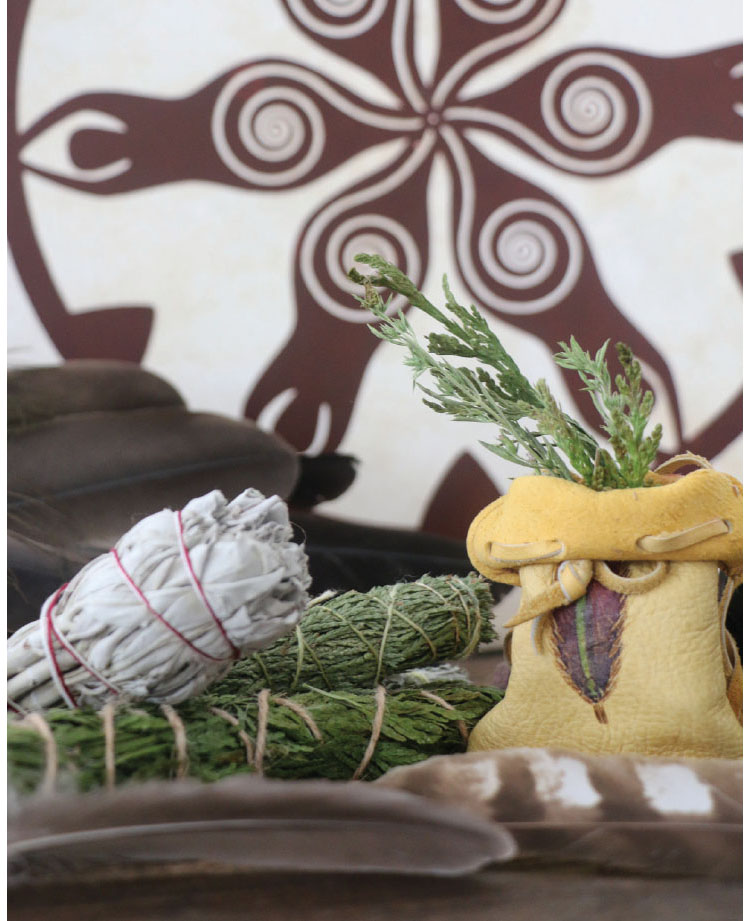
Most ancient healing and smudging rituals begin by honoring the power of the cardinal directions. This act acknowledges our connection to Mother Earth and the cosmos at large. Honoring the four cardinal directions evokes humility and awe of the powerful universal forces at play that constantly influence human life. In the ancient art and science of feng shui, the four cardinal directions, the directions in between, as well as the center of the space are taken into consideration.
The energy of the cardinal directions is expressed in a multitude of ways, such as in specific elements (water, fire, air, etc.), seasons, plants, colors, and even sounds. It is important to understand that these associations are culturally specific, rather than universal, so it is wise to take some time to find your own way of honoring these powerful energies. If you try to follow one set way, then read about another way of honoring the directions, you might feel confused. For example, in some cultures, the direction of East is represented by the color yellow because it is the direction of the rising sun. In the ancient art of feng shui and geomancy, though, the East is represented by the color green, which expresses the suns beneficence in allowing all life on earth to flourish. Are either of these representations better than the other? Of course not. There are so many ways to express any given energy, so it is not a matter of right or wrong, better or worse.
Next page

